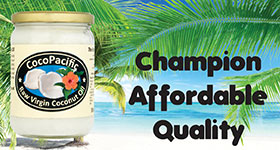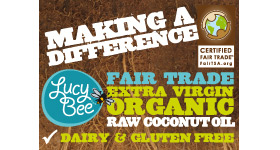|
|
Lectins- |
Many of us have heard of them but few really know what they are and how they can affect our health. Margaret Moss explains. |
The old nutrition was about the good things in foods and drinks. Milk was ‘good for you’, because it contained calcium. Meat was ‘good for you’, because it contained protein and iron. You should eat your fruit and vegetables because of the vitamin C and roughage in them. If we want to find the best foods for ourselves and our families, one of the things we need to understand is how lectins can affect us. You will find Margaret at www.nutritionandallergyclinic.co.uk John Scott suggests a couple of websites if you wish to investigate lectins further: Click here for more articles Click here for LINKS to manufacturers of nutrition and food supplements. First Published in 2009 |








